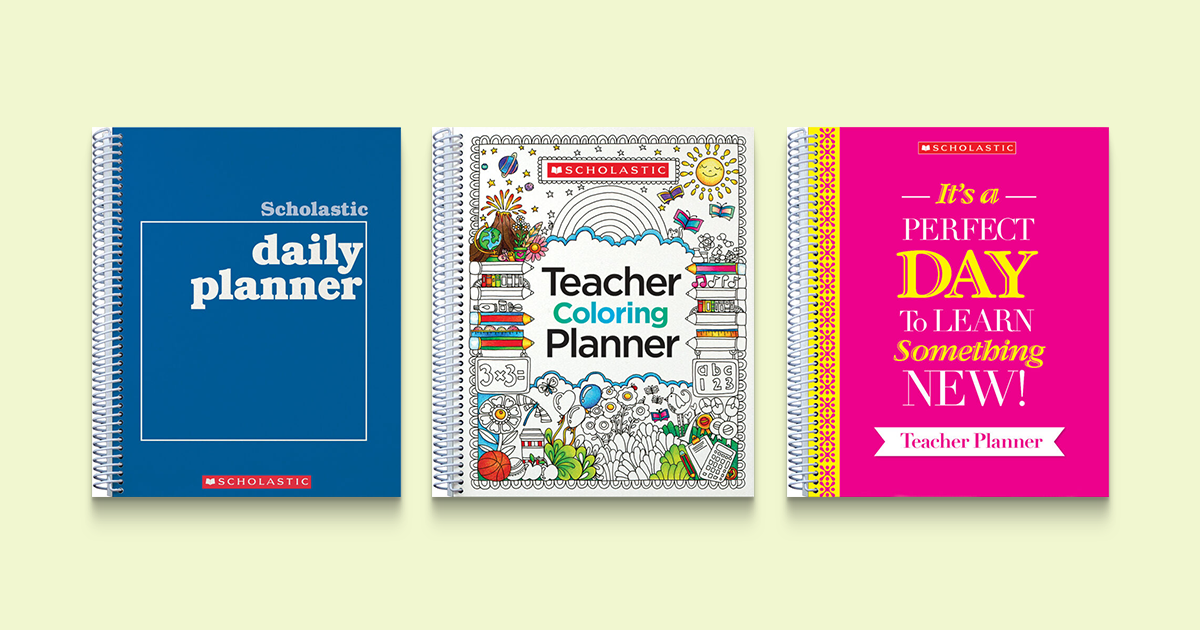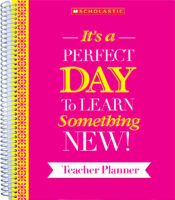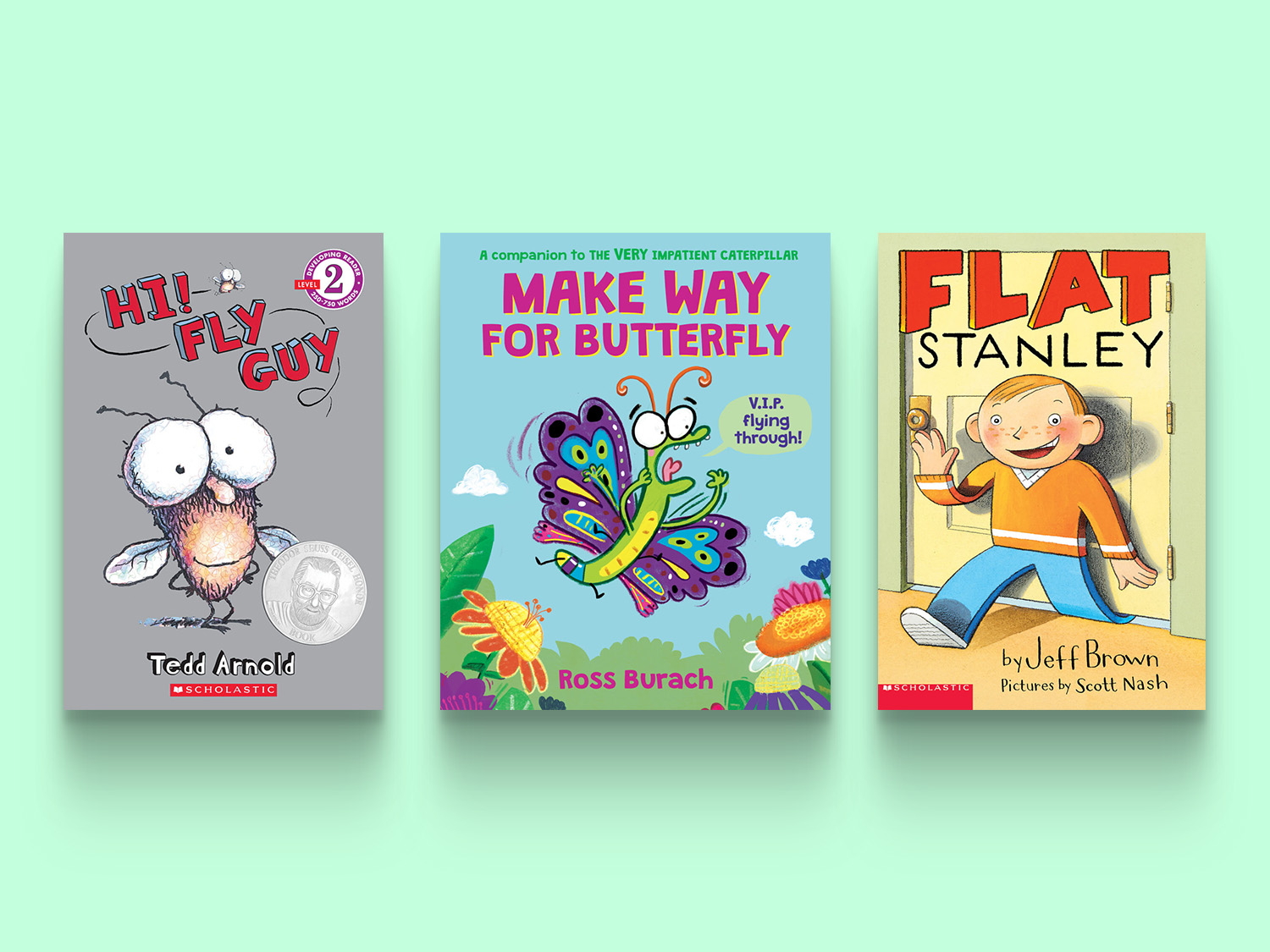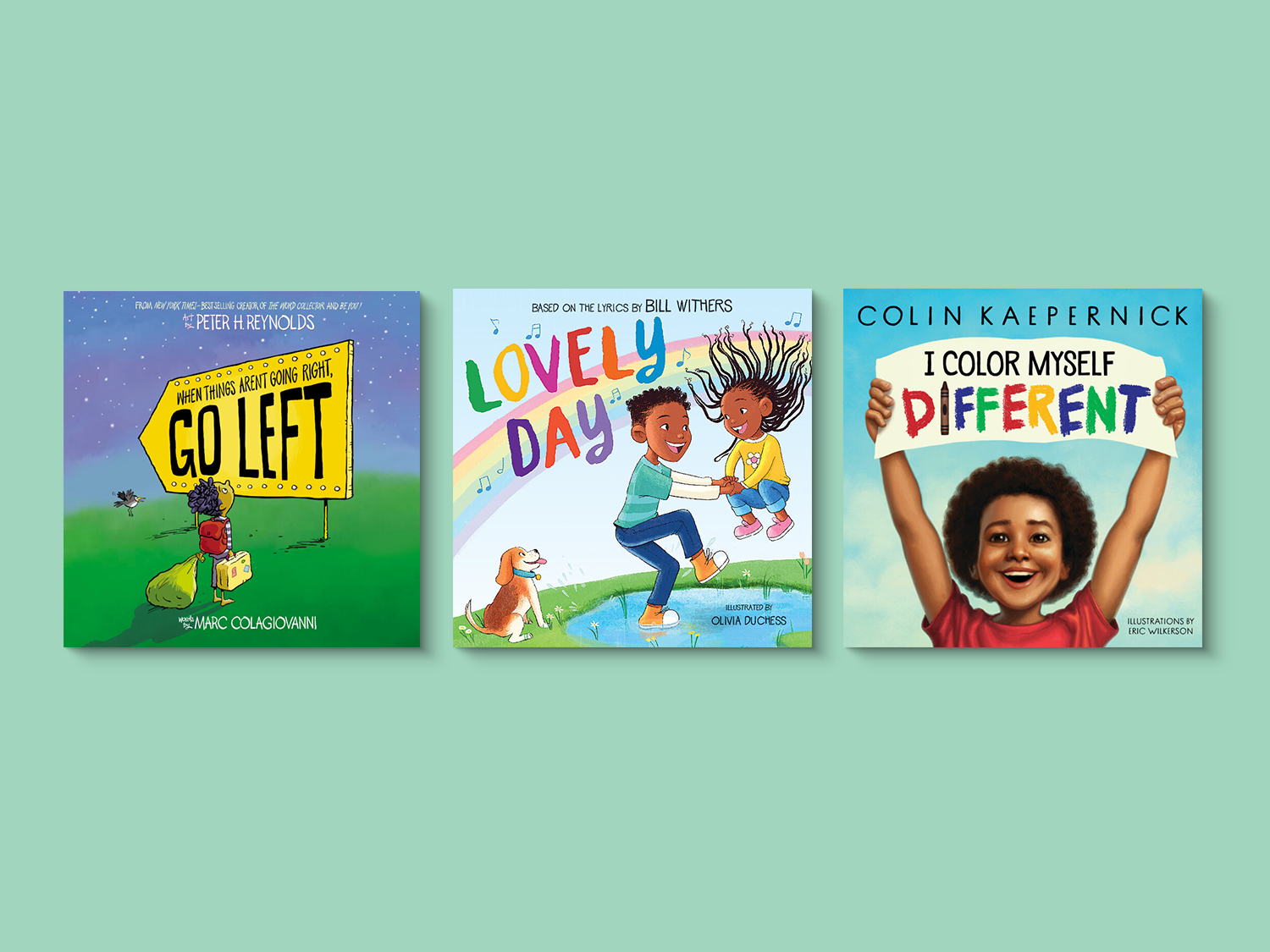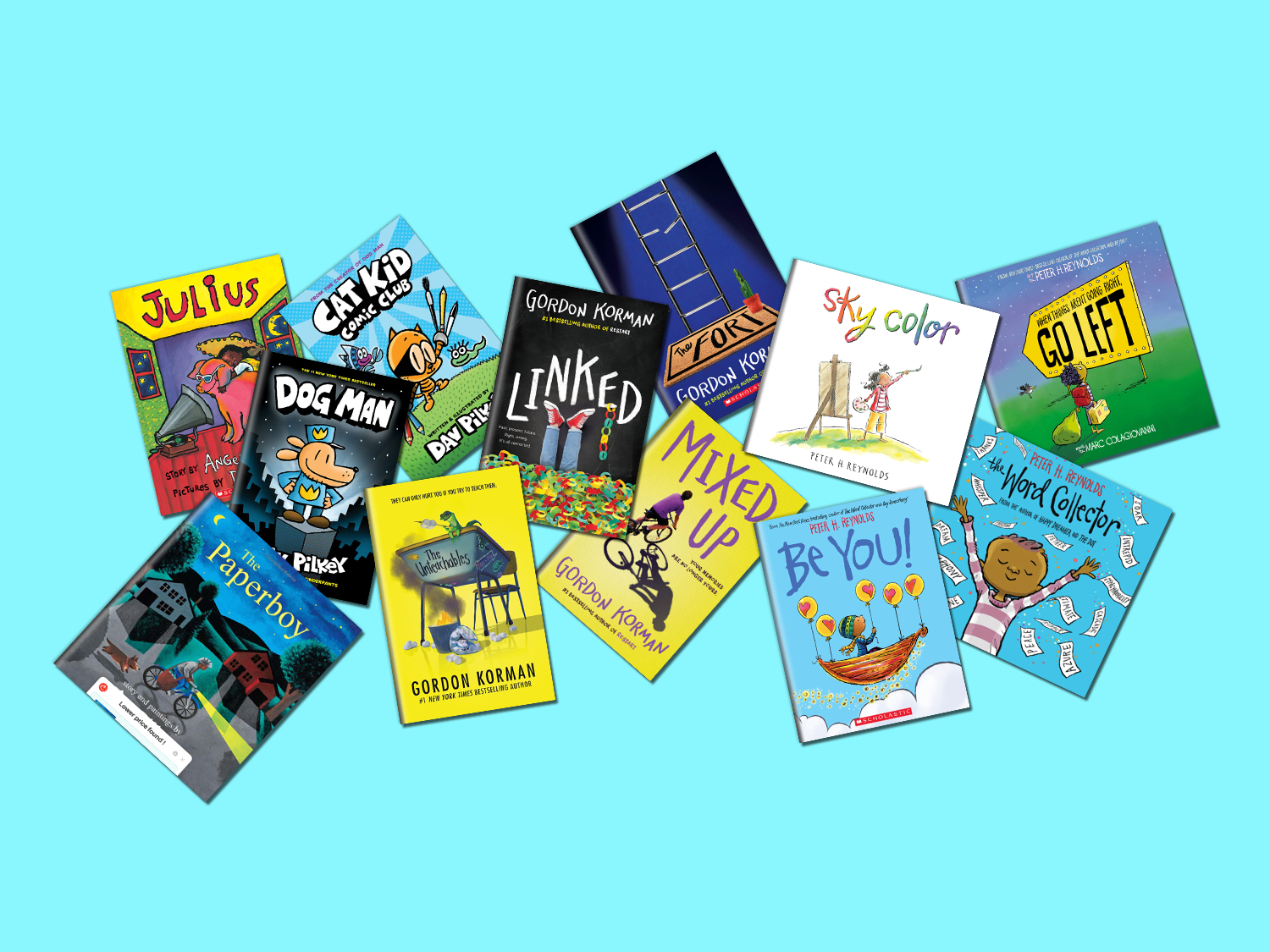The 3 Best Teacher Planner Tips to Stay Organized
These smart strategies can help you make the most out of your planner.
The 3 Best Teacher Planner Tips to Stay Organized
Between lesson planning, managing classroom behavior, and addressing students’ needs, being a teacher can quickly become overwhelming. Fortunately, using a teacher planner can help you stay organized so that your daily tasks run as smoothly as can be.
With the right planner, you can create lists, draw up talking points for assignments, and put together class schedules. This allows you to focus on teaching and establishing good relationships with your students.
For example, Brian Smith, a kindergarten teacher in North Carolina, uses his teacher planner to stay on track all year as he builds his curriculum to match his students’ unique needs.
Here are some of his tips to maximize your teacher planner for a successful year ahead.
1. Combine Your Calendars
Smith suggests combining all of your schedules, important dates, and anything in between — from the district and your individual school — into one place to make things infinitely easier and more manageable.
“I have had different principals through the years who required different kinds of lesson plans,” says Smith. “Some online; some in Google forms. But having a teacher planner is so handy. Getting the yearly calendar from your district and then the yearly calendar at your school and putting all those dates into my planner is one of those things that really rings in the new school year.”
2. Brainstorm New Ideas
One of the most helpful ways a planner has impacted Smith’s workflow is that it provides him an organized place to store his ideas for lesson plans, group activities, and seating charts, among other things.
“No two years’ worth of students are alike and so my lesson plans can't be the same from year to year either!” says Smith. “It's commonplace for me to keep ideas that I have about lessons. It also allows me to spread out my small groups and plan according to the students' needs in a way that is very visually appealing to the way that my mind works.”
3. Use Older Planners as Feedback
Looking back at old planners can help you reflect on what worked versus what didn’t, and how to improve or expand upon unused ideas, Smith says.
“So many teachers overplan for their day or the week, but just because I didn't get to an idea one year, it doesn't mean that I won't get to it the next,” Smith says. “Going back and seeing what I did and what ideas I had the year before doesn't mean that I'm using the same lesson; in fact, it means that I'm looking back to improve on what I did.”
Shop best selling teacher planners below! You can find all books and activities at The Teacher Store.
Manage your class schedule with this modern planner interspersed with pages featuring inspirational sayings.
Make this planner as unique as you are with full pages and doodles to color throughout the year. Express your creativity as you organize your teaching schedule with monthly and weekly planning pages, a student roster, birthday and holiday pages, and more.
This planner has daily planning forms for every week of the school year, plus a class roster.
A teacher-created, deluxe planner with teaching tips on each planning page, helpful resources, reproducible forms, student planning pages, national standards, Bloom's Taxonomy, and much more!
Terrific plan book specifically designed for the preschool teacher! 120 pages for planning the entire year!
